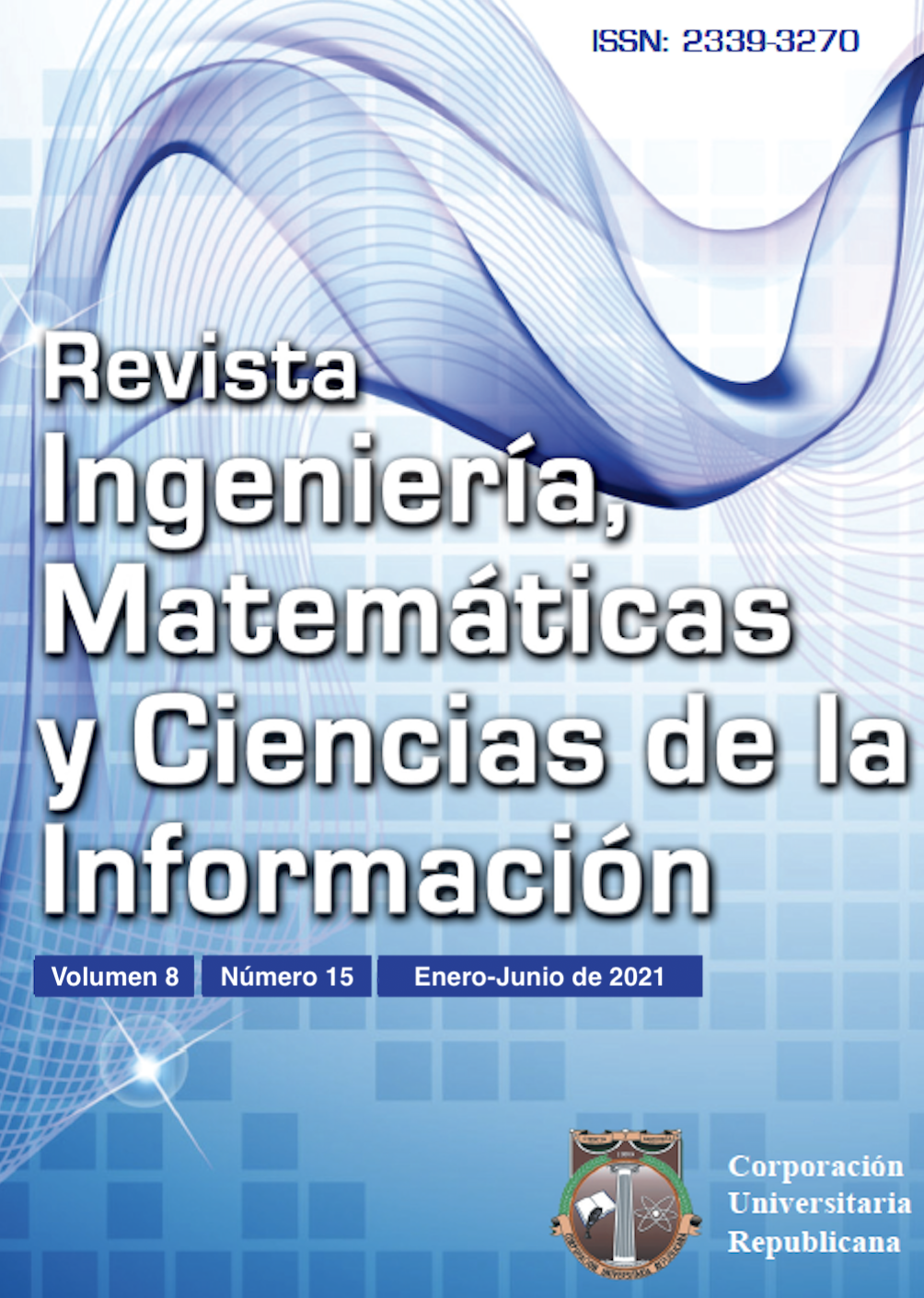How relevant is the industrial engineering program at Universidad Libre?
¿QUÉ TAN PERTINENTE ES EL PROGRAMA DE INGENIERÍA INDUSTRIAL DE LA UNIVERSIDAD LIBRE?
Show authors biography
The purpose of this article is to present the results of the research project that aims to evaluate the relevance of the academic program of industrial engineering of the free university, which allowed to determine the degree of social and industrial relevance, based on the professional profile defined in the PYP (Educational Project of the Program) in force for the period 2018 - 2020 responding to the accreditation requirements of Agreement 02 of 2020 of the CNA (National Accreditation Council). The information for this study was collected through questionnaires, as a research tool, which is
addressed to the entrepreneurs linked to the institution, graduates of the program and the community that is part of the social projection of the faculty. In the evaluation was possible to conclude that the Industrial Engineering program has a high percentage of relevance, both social and industrial, values that will be analyzed in this article.
Article visits 866 | PDF visits 684
Downloads
- MINISTERIO DE EDUCACIÓN NACIONAL, CONSEJO NACIONAL DE EDUCACIÓN SUPERIOR – CESU, CONSEJO NACIONAL DE ACREDITACIÓN. ACUERDO 02 DE 2020 - Por el cual se actualiza el Modelo de Acreditación en Alta Calidad. Disponible en: https://www.cna.gov.co/1741/articles-399640_A_CESU_02_2020_AMAC.pdf. 2020.
- Z. Pérez, Los diseños de método mixto en la investigación en educación: Una experiencia concreta. Recuperado de: https://www.redalyc.org/pdf/1941/194118804003.pdf. 2011.
- A. Rustom, Estadística descriptiva, probabilidad e inferencia. Disponible en: http://repositorio.uchile.c/bitstream/handle/2250/120284/Rustom_Antonio_Estadistica_descriptiva.pdf?sequence=1
- W. Mendebhall, R. Beaver, B. Beaver, Introducción a la probabilidad y estadística. Disponible en: https://www.fcfm.buap.mx/jzacarias/cursos/estad2/libros/book5e2.pdf. 2013.
- P. Almiocid, I. Montes y J. Vásquez, Un análisis factorial para evaluar la pertinencia de un programa académico desde la perspectiva de los graduados: un estudio de caso. Disponible en: https:// www.redalyc.org/articulo.oa?id=329027264003.2009.
- J. Garcés, Análisis de la pertinencia del Programa Académico - Ingeniería Civil. Disponible en: http://www.eafit.edu.co/institucional/calidad-eafit/investigacion/investigacion/Documents/Analisis_de_la_pertinencia_del_programa_Ingenieria_Civil-2011.pdf. 2011.
- F. Ramírez & L. Tovar, Implementación de un sistema integrado de gestión Basado en ISO 9001:2008 y OHSAS 18001:2007 para la empresa Unión de tecnología electrónica – UNITEL LTDA. Recuperado de https://repository.unilibre.edu.co/bitstream/handle/10901/9329/PROYECTO%20FINAL%20def.pdf?sequence=1. 2013.
- H. Parra Lopez, M.Vergel Ortega, J. Sanchez frank, J. Jacome Carrascal and J. Sepulveda, Disponible en: https://www.mineducacion.gov.co/1759/ articles-341895_archivo_pdf.pdf. 2020.
- D. Ramírez Carvajal, M. Gartner Isaza, J. Bernal Villegas, Á. Zapata Domínguez, F. Vallejo Cabrera, P. Prieto Pulido & C. Langebaek Rueda, lineamientos para la acreditación de programas de pregrado Bogotá. Disponible en: http://cms.colombiaaprende.edu.co/static/cache/binaries/articles-186359_pregrado_2013.pdf?binary_rand=7432. 2013.
- S. Tristancho y otros. Indicadores para evaluar la pertinencia social en la oferta académica de programas.
- Revista Logos, Ciencia & Tecnología, 6(1), 142-155. ISSN: 2145-549X. Disponible en: https://www.redalyc.org/articulo.oa?id=517751550012. 2014.
- A. C. Valdes Vento et al. Criterios de evaluación de la variable «pertinencia e impacto social» específicos
- para la carrera de Medicina. Educ Med Super. vol.23, n.3. Disponible en: http://scielo.sld.cu/scielo.php?script=sci_arttext&pid=S0864-21412009000300005&lng=es&nrm=iso. 2009.
- N. E. Hamid Betancur, J. Alvarez Salazar, M. Torres Madronero Propuesta metodológica para medir la pertinencia y el impacto de programas de pregrado en ingeniería. Revista Educación en Ingeniería. p12(24), 97-100. Disponible en: https://doi.org/10.26507/rei.v12n24.807. 2017.




